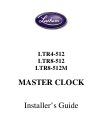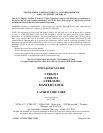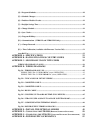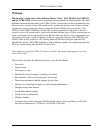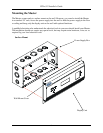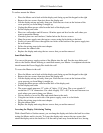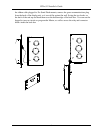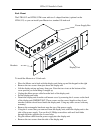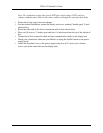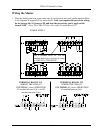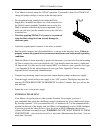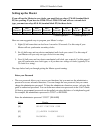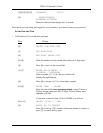
LTRx-512 Installer’s Guide
1
Welcome
This Installer’s Guide covers three different Master Clocks. The LTR4-512, the LTR8-512
and the LTR8-512M. All three units are installed and programmed in similar fashions. The main
difference between the three units is the LTR4-512 has 4 circuits that can be programmed to ring
bells or activate circuits for up to 99 seconds and/or synchronize the time on two types of clock
systems (any clock systems types listed in Appendix B, plus RS-485 time sync devices). The
LTR8-512 and LTR8-512M have 8 circuits that can be programmed to ring bells or activate
circuits for up to 99 seconds and/or synchronize the time on three types of clock systems (any two
clock system types listed in Appendix B, plus RS-485 time sync devices). You can program up to
512 events to activate a single or multiple circuits on a given day and time. The LTR8-512 and
LTR8-512M can also connect to a PC running Microsoft Windows using the optional LTR
MasterLink software. The LTR8-512M has a built in Modem capable of communicating with the
PC or for synchronizing with the NIST Atomic Clock.
Unless otherwise specified, LTRx-512 refers to all units. Information that applies to specific
units will be noted.
The list below describes the functions that you can set for this Master:
•
Passwords
•
Date and time
•
Clock types to sync
•
Manual bell control (example: sounding a fire alarm)
•
Bell schedules (with events lasting up to 99 seconds)
•
Dates when automatic schedule changes go into effect
•
Manual circuit disabling (example: for safety during maintenance)
•
Daylight savings time features
•
Instant bell schedule changes
•
Instant clock synchronization
•
Holiday schedules
•
Communications when using the LTR MasterLink software with your Master, an RS-485
network or modem access (LTR8-512 and LTR8-512M only)



